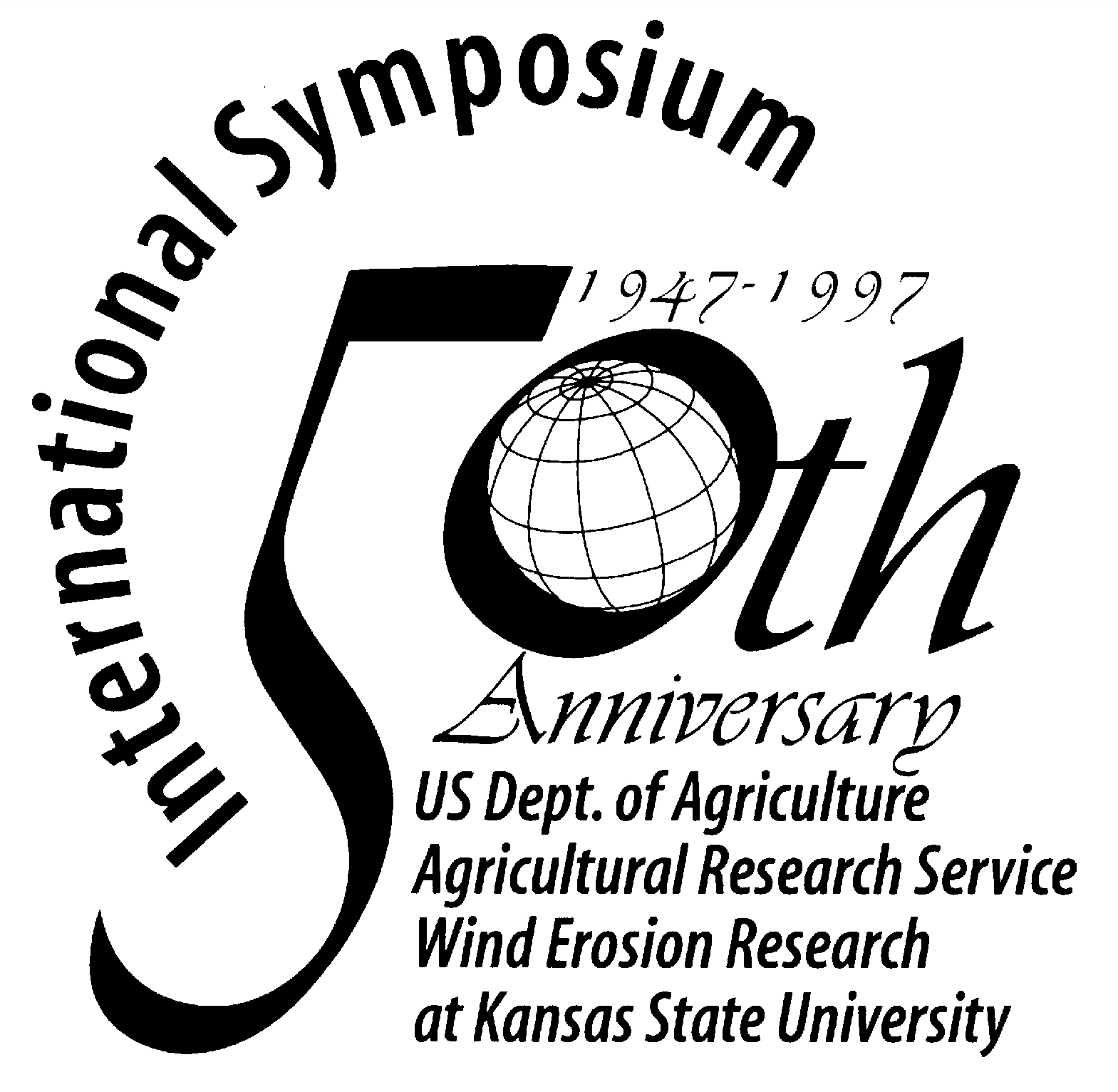|
Predicting Crop Residue Decomposition and Cover for Wind Erosion Simulation
Jean L. Steiner, Harry H. Schomberg, and Paul W. Unger
Abstract
Wind erosion can cause soil degradation and crop damage on-site and air quality
degradation, health problems, and property damage off-site. Crop residue cover is often
managed by landowners to decrease the risk of erosion. For the Wind Erosion Prediction
System (WEPS), simulating crop residue cover over time is important to simulate the
quantity of soil erosion. To simulate crop residue cover, residues are predicted for three
pools: standing, flat, and buried. The submodel accounts for mass change within each pool
including standing residues that weaken and fall to the surface as they decompose. Daily
precipitation and air temperature are used to predict decomposition of above-ground
biomass and the rate that standing residues fall to the soil surface. When daily
precipitation exceeds 4 mm, the moisture index for above-ground processes is considered
optimum. The temperature coefficient is optimum at 32C and decreases at warmer or cooler
temperatures. Decomposition of below-ground residues is based on soil temperature and
water content, simulated in the hydrology submodel. The daily climate index is the minimum
of the daily moisture or temperature index and is accumulated through time as
decomposition days. After decomposition days are calculated, they are used to predict
decomposition using a first-order decay equation, with crop-specific coefficients
controlling the rate over the decomposition time. On days with high windpeed, the erosion
submodel uses percent soil cover, based on standing and flat residue biomass, and stem
area index, based on number, height, and diameter of standing stems per unit area to
determine the resistance of the surface to erosion. The decomposition model was developed
for application across diverse climate conditions and cropping systems and can be applied
through WEPS to help understand and control soil erosion by wind. |




